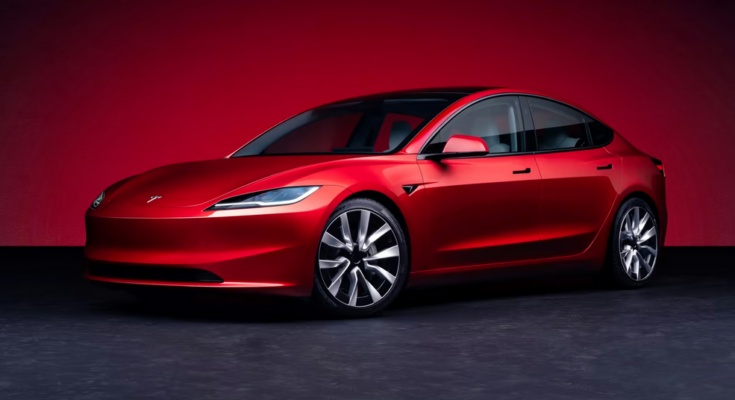Key Takeaways
- Tesla’s Q3 revenue of $25.2 billion is surpassed by BYD’s $37.4 billion.
- BYD has been protected from the declining market for pure EVs by its emphasis on hybrids, which have ranges of more than 2,000 km.
- Government subsidies and robust domestic demand have propelled BYD’s expansion in China.
For the first time, BYD, the top electric vehicle (EV) maker in China, surpassed Tesla in quarterly revenue, marking an important milestone.
BYD’s revenue jumped 24% year over year to 201.1 billion yuan (US$37.4 billion) in the third quarter, surpassing Tesla’s US$25.2 billion in the same time frame. Despite slightly underperforming the market in terms of revenue, BYD sold a record 1.12 million electric and plug-in hybrid cars, which increased its net profit by 11.5% to 11.6 billion Yuan. Even with this increase, Tesla’s net profit of US$2.2 billion still surpassed BYD’s.
Legacy automakers like Volkswagen, General Motors, and Stellantis face fierce competition from BYD and Tesla, who are still upending the established automobile sector. However, a big part of BYD’s success may be ascribed to its array of hybrid vehicles, which have shielded the company from the cooling demand for fully electric vehicles. On the other hand, Tesla’s EV-only portfolio appears to be stagnating as the firm prioritizes the manufacturing of Cybertrucks and its partially automated system over growing its selection of vehicles.
Vertical Integration and BYD’s Hybrid Strategy Give It a Competitive Advantage
BYD’s hybrid car technology is one of its main advantages; certain models have improved powertrains that allow them to travel over 2,000 kilometers. This dominance of hybrids has greatly boosted the company’s earnings. Additionally, BYD has a pricing and scalability advantage over rivals like Tesla thanks to its vertically integrated supply chain, which enables the business to manufacture a significant amount of its car components internally.
Although Tesla is still the most valuable carmaker in the world, BYD is now the third-largest automaker by market value, ahead of Volkswagen and Mercedes-Benz and behind only Toyota.
Domestically, BYD has profited from robust demand in China, which is driven by incentives from the national and local governments that encourage people to convert from gas-powered cars to electric and hybrid vehicles. BYD has been protected from external problems, like new European Union tariffs of up to 45% on Chinese-made EVs, by its internal growth. BYD is still on course to reach its updated yearly sales goal of four million cars by the end of 2024 in spite of these global obstacles, setting itself up for a successful last quarter.



